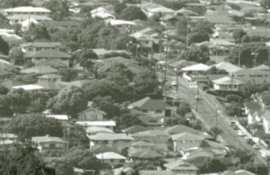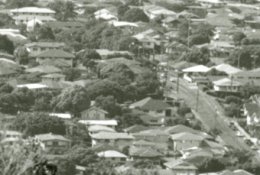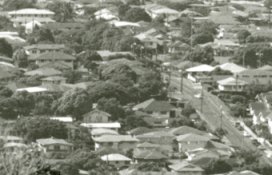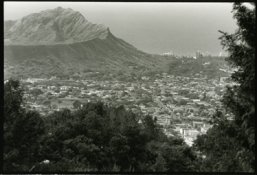Aloha, I'm about to embark on a testing of 3 F2.8 180mm Nikkors, a rebuilt Nikkor P, a ED Ais and a current AF EDIF. I'm going to use Tmax 100, and I have a choice of Rodinal and Xtol. I am experienced in use of both, which would give the highest resolution? Rodinal 1:50, or Xtol 1:0 seem like polar opposites, as in diluted acutance vs surface solvent, but I'm trying to determine max resolution between these lenses. Any other developers I should also consider? Microdol-x? Many thanks and Aloha.
If you are testing a lens, shouldn't you keep everything else the same in the interests of science?

I mean if you changing 2 things (lens
AND developer) you will not know if the new developer or the lens is the cause of the change. And if you see
no change, how sure are you that the developer didn't cancel out the lens?
I'd do something like this:
TMAX 100 film, 2 rolls, Scenes to be constant, studio preferred due to lighting and subject control. And for lens testing, you will be shooting some stills and test patterns.
Roll1:
1. Series 1: Old lens, Old Chemistry
2. Series 2: New Lens, Old Chemistry
Roll2:
3. Series 3: Old Lens, New Chemistry
4. Series 4: New Lens, New Chemistry
This little design of experiments should be able to separate the effects of the chemistry from the effects of the lens.
Good Luck!
If you know TMAX, then you should stick to that unless you want to re-run the tests in their entirety with another film!
















